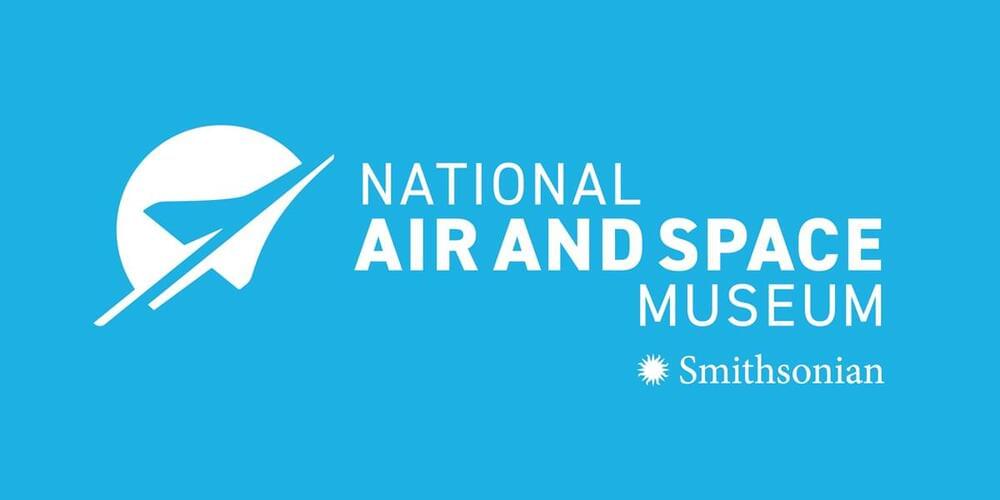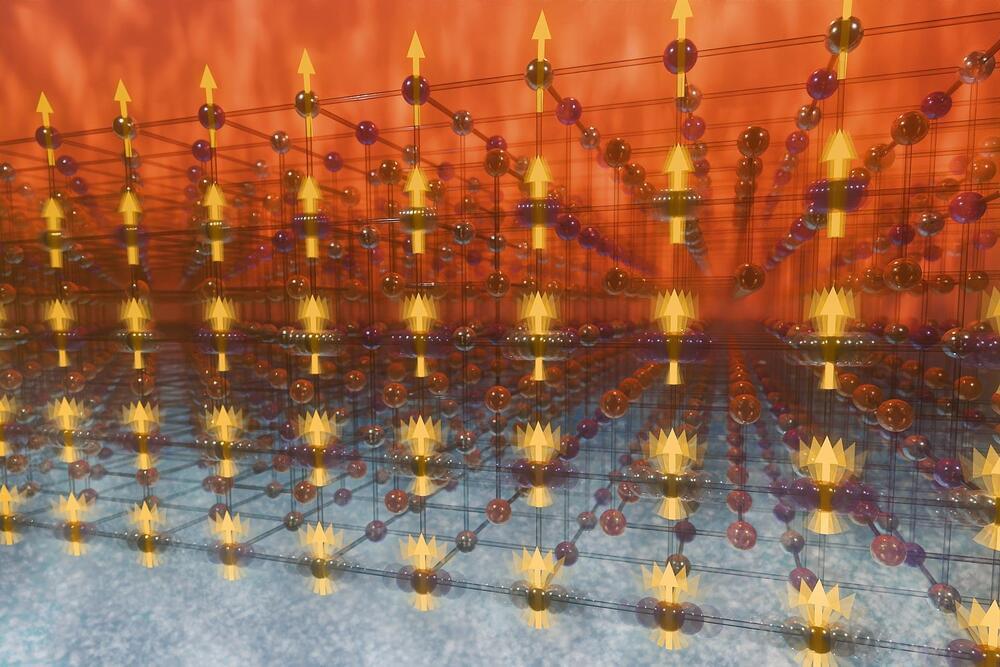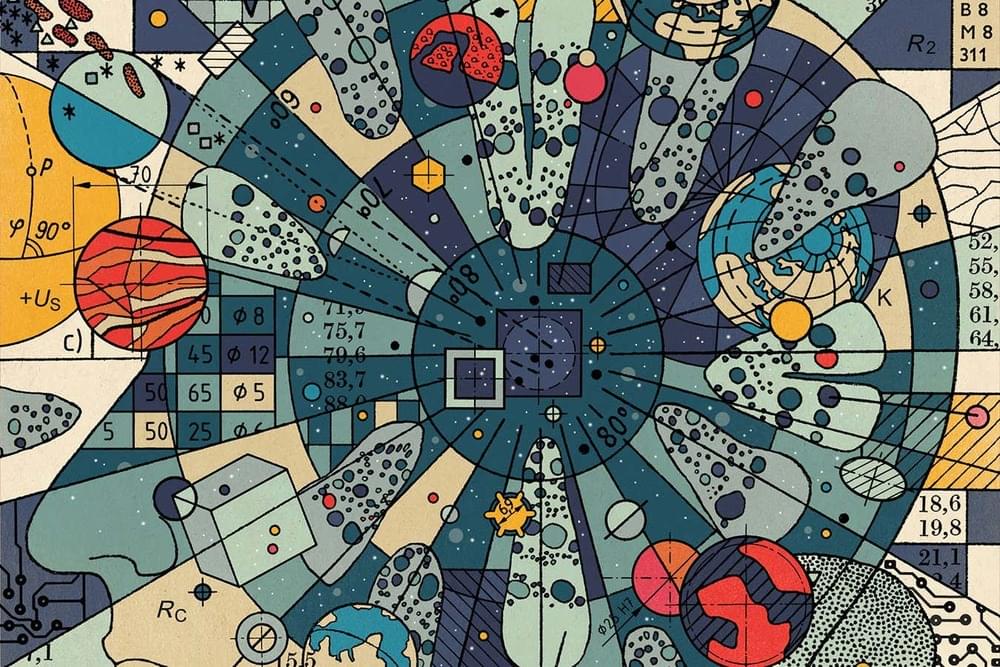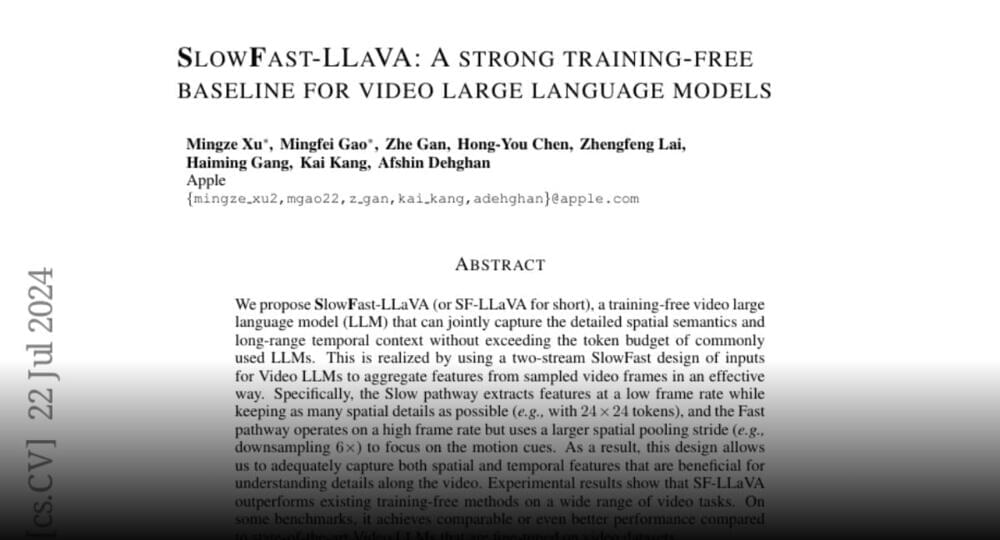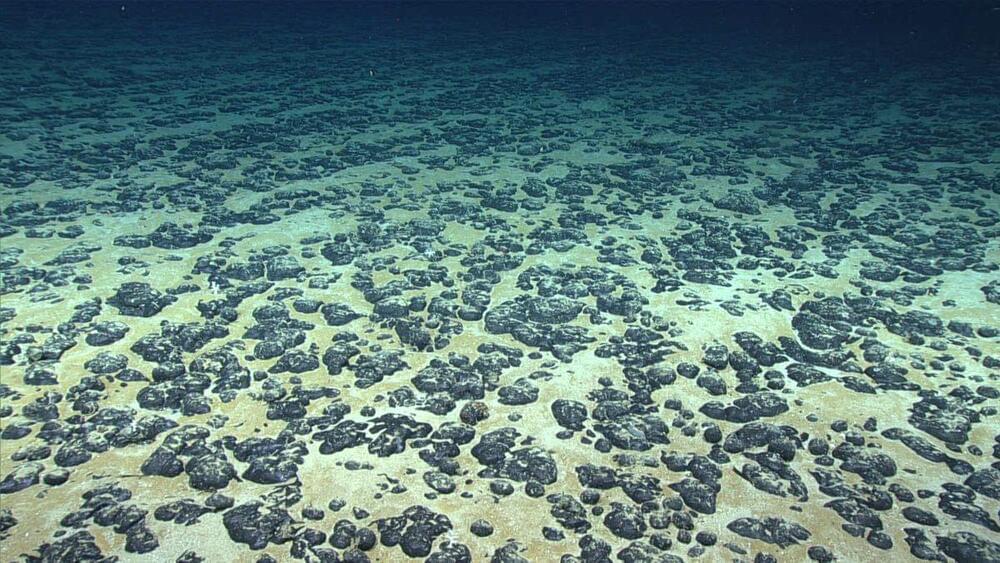On this day in 1,897, Amelia Earhart was born in Atchison, Kansas. Today has been designated National Amelia Earhart Day in her honor. More about this pioneering pilot:
Amelia Earhart is one of the most famous American pilots. A record setting aviator, she was the second person to fly solo and nonstop across the Atlantic, the first person to fly solo and nonstop across the United States, and much more. She tragically went missing while attempting to fly around the world.
Earhart’s life, while tragically cut short, was many layered. In addition to the feats accomplished while in a plane, Earhart made an impact in areas from ranging from fashion to flying an autogiro. Here are five things you may not know about the famous American pilot.
1. She Also Flew the Autogiro
In 1930, after only 15 minutes of instruction, Earhart became the first woman to fly an autogiro, made by Pitcairn and featuring rotating blades to increase lift and allow short takeoffs and landings. Earhart set the first autogiro altitude record and made two autogiro cross-country tours, which were marked by three public crashes. Though Earhart was the most famous woman pilot, she was not necessarily the most skilled.
